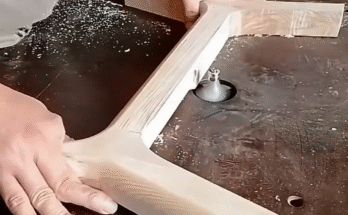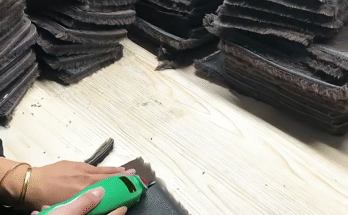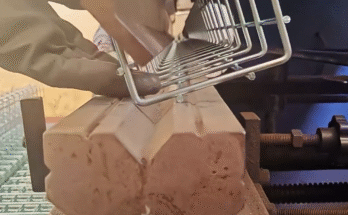The concept of “drawing in a cursive arc” is less about a rigid sequence of actions and more about cultivating a mindset and approach to navigating life, projects, and challenges. It’s a continuous, iterative process that prioritizes organic growth and adaptability over strict linearity.
Here are the “steps” or phases involved in this process:
Step 1: Observe and Listen (Initial Understanding & Intuition)
Before charting a course, take time to truly understand the landscape. This involves:
- Deep Observation: Instead of rushing to a solution or a direct path, pause to observe the nuances of the situation, environment, or problem. What are the subtle forces at play? What are the natural inclinations or existing patterns? (e.g., Elara observing light and wind in a landscape).
- Active Listening: Pay attention to feedback, unspoken needs, and emergent patterns. This applies whether you’re listening to stakeholders in a project, the needs of a community, or the subtle promptings of your own intuition.
- Resisting Premature Straight Lines: Consciously resist the urge to immediately impose a rigid, predefined solution. Allow for ambiguity and the possibility of multiple, non-obvious routes.
Step 2: Embrace Flexibility and Adaptability (Mindset Shift)
Once you have an initial understanding, adopt a flexible mindset that welcomes deviations and adjustments.
- Acknowledge Non-Linearity: Accept that the most effective or fulfilling path might not be the shortest or most direct. Be open to detours, pivots, and unexpected turns.
- Cultivate Openness to Change: Understand that plans may need to evolve. Instead of seeing changes as failures, view them as opportunities for refinement and deeper understanding.
- Prioritize Flow Over Control: Recognize that attempting to rigidly control every variable can be counterproductive. Allow for a natural flow, trusting that the system (or situation) will guide you.
Step 3: Initiate with Gentle Curves (Iterative Action & Exploration)
Begin your journey or project not with a bold, straight line, but with a series of gentle, exploratory movements.
- Start Small and Iterative: Instead of grand, irreversible commitments, take smaller, experimental steps. These “mini-arcs” allow for learning and adjustment along the way.
- Connect Disparate Elements: Look for ways to link ideas, resources, or people that might not seem directly related at first. The cursive arc connects; it doesn’t isolate.
- Respond to Emerging Information: As you take action, continuously gather new information and feedback. Let this information subtly influence your next “curve,” rather than forcing a predetermined path. This is where the “drawing” happens – each stroke informs the next.
Step 4: Cultivate Patience and Sustained Effort (Long-Term Engagement)
The cursive arc is rarely about instant gratification. It requires endurance and a long-term perspective.
- Understand Growth Takes Time: Real, meaningful change and development often unfold gradually. Resist the urge to rush or force outcomes.
- Maintain Consistent, Gentle Pressure: Like water eroding stone, sustained, consistent effort, even if subtle, will eventually create profound impact. It’s about persistence rather than intensity.
- Value the Unfolding: Find satisfaction not just in reaching a destination, but in the entire process of growth, learning, and evolution.
Step 5: Reflect and Connect (Learning & Integration)
Regularly pause to reflect on the journey and integrate new insights.
- Review the Path Taken: Look back at the curves, detours, and connections made. What lessons were learned from the unexpected turns?
- Identify Emerging Patterns: See how different parts of the journey have influenced each other. How do the individual arcs contribute to the larger, evolving picture?
- Strengthen Interconnections: Actively seek to reinforce the relationships and understandings forged along the way, recognizing that the strength of the arc comes from its continuous flow.
Step 6: Continuously Adapt and Refine (Ongoing Evolution)
The process of drawing in a cursive arc is never truly “finished” as long as there is growth or movement.
- Remain Open to New Influences: As circumstances change, be prepared to adjust your arc. The path is dynamic, not static.
- Seek Harmony and Balance: Strive for a path that feels natural, efficient (in a holistic sense, not just speed), and harmonious with its environment.
- Trust the Process: Develop a deep trust in this non-linear approach, understanding that it often leads to more resilient, beautiful, and profound outcomes than a rigid, straight line ever could.
By following these “steps,” one can move away from a purely linear approach and embrace the organic, adaptable, and deeply interconnected nature of “drawing in a cursive arc.”



